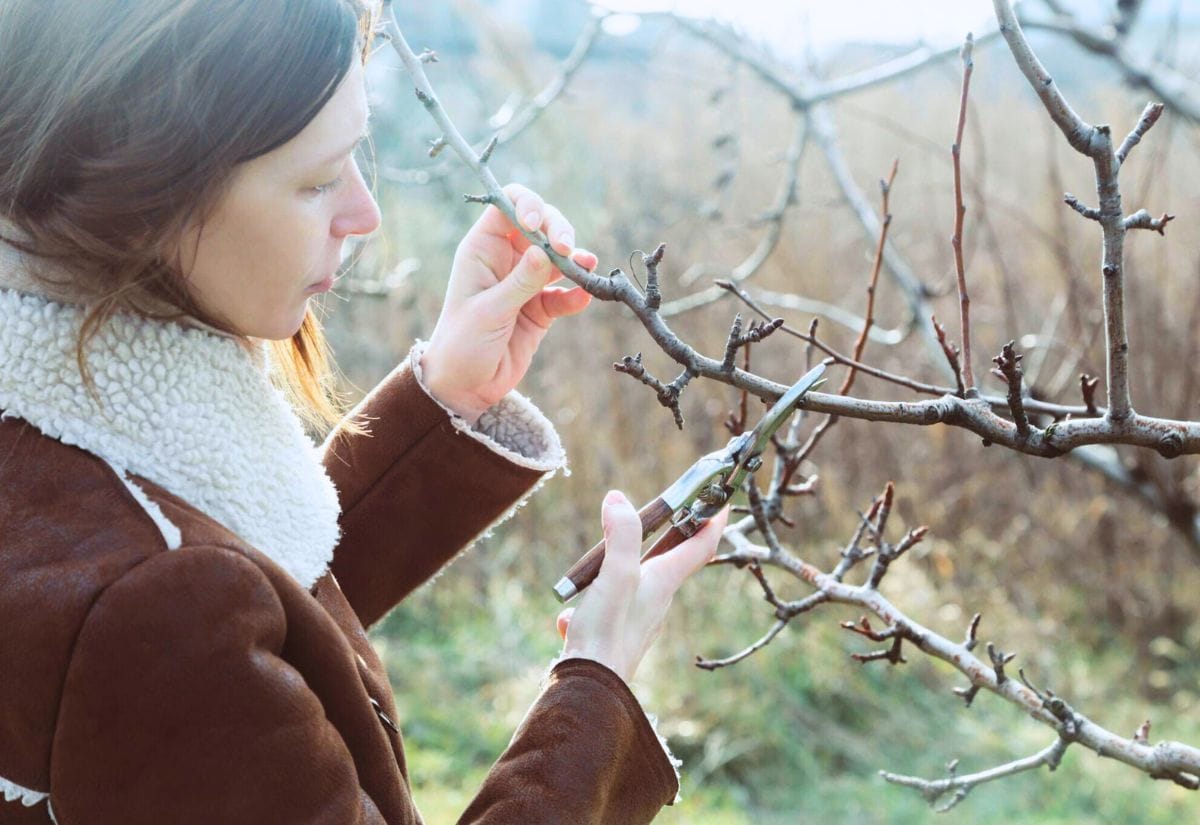
With bare branches, when your garden plants are in dormancy, winter is a good time to get your shears out and prune – but not every shrub or tree! In fact, while some varieties will greatly benefit from a healthy cut during the cold season, with others, you can cause damage, and even stop them from blossoming!
So, you need to know which of your green friends you can cut before spring comes, and for which you’d better wait… There are many reasons why some plants will suffer from winter pruning; some, for example, are growing flower buds, others blossom on old wood, others need “body mass” to keep warm.
So, before you make a mistake and you prune the wrong plants in your garden, here are the varieties you should definitely leave alone and wait at least till the cold season is over!
1. Forsythia (Forsythia spp.)

Let’s start with a common shrub, forsythia, because I have read online that you can prune it in winter… And this is a big mistake! In fact, you have a very shot time window to cut this vigorous flowering plant, and it is in late spring, after it has blossomed. If you don’t do it then, you will have to put up with a messy bush…
That is, unless you don’t want its massive floral displays in golden yellow. Yes, because forsythia starts growing new flower buds soon after its bloom is over. It takes it a long time, and you have to respect it…
2. Old Wood Flowering Hydrangea Varieties (Hydrangea spp.)
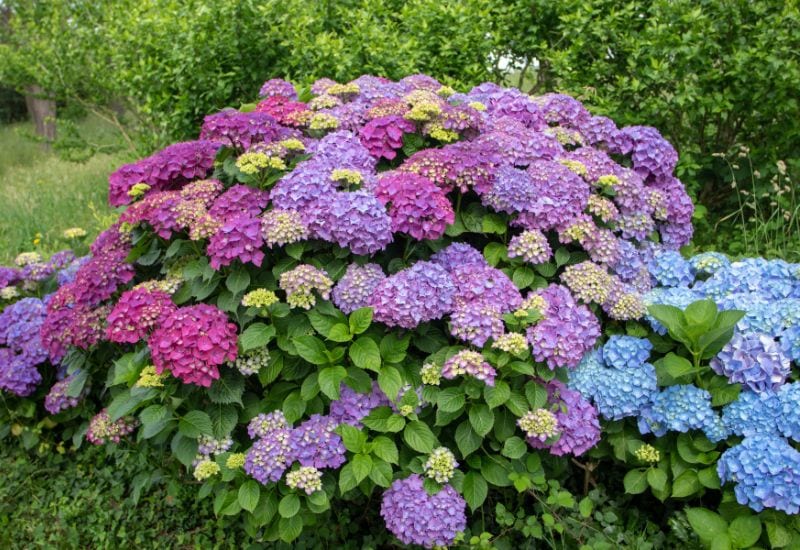
Now I want to get straight into a “problematic” shrub: hydrangea. The rule is that you should prune new wood flowering hydrangeas in winter, but not old wood flowering ones! And this is an important distinction.
Old wood flowering hydrangeas are those that blossom on last year’s branches, and in this case, you should only give them a light pruning after they have blossomed. But the question is, which ones are they? Here they are:
If you cut them in winter, you will reduce their blooms! But you can, and should prune panicle hydrangea (Hydrangea paniculata) and smooth hydrangea (Hydrangea arborescens). In case you are not sure which hydrangea you are growing in your garden, the wise thing to do is to leave it alone… However, if you’re on the lookout for tips, I’ve put together a a complete guide on when and how to prune each type of hydrangea.
3. Magnolias (Magnolia spp.)
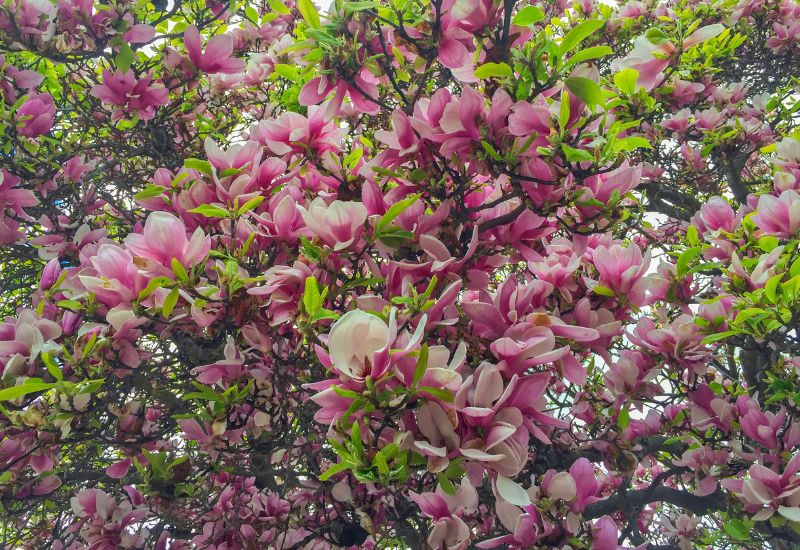
Magnolias blossom very early in the season, so you must not prune them in winter! If you do, you will also cut the growing flower buds… And in fact, you should wait till mid summer or early autumn for this blooming tree, when the leaves are on, ironically, but you don’t risk ruining its floral display!
4. Wine Grapes (Vitis vinifera)
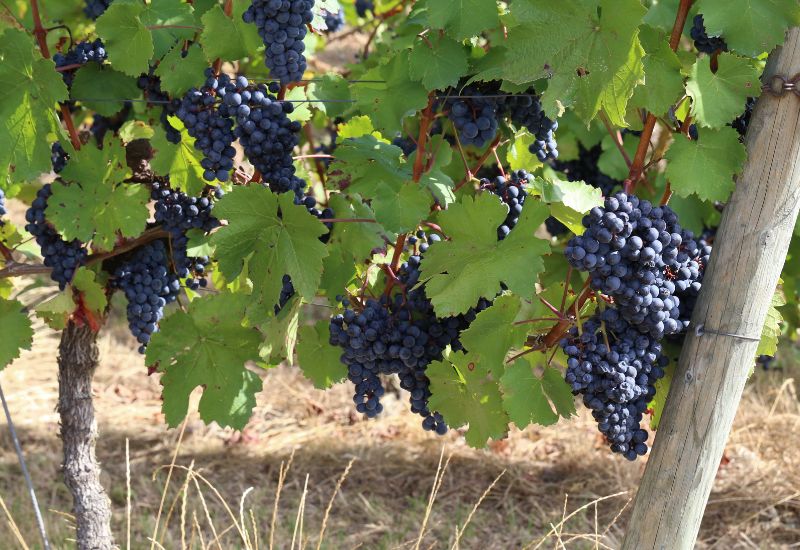
Ok, you may have read that you can prune grapes as early as February, but it is not a good idea. Any late frost after you have cut it can ruin its canes and buds, so, wait till March or early April, especially if you live in a cold country.
It is fine to prune grapes in winter in Andalusia or Sicily, but this vine needs its canes during the cold season, as they actually protect it.
Anyway, there is a very old saying amongst viticulturist: “Grape vines only unfurl new buds when the last frost is over,” and it is, in fact, one of the last plants to do it, so you always know when you can start pruning it!
5. Lavender (Lavandula spp.)

It is best not to prune lavender in winter, even if it is dormant. In fact, this super fragrant flowering shrub is one of those plants that need “body mass” to keep warm during this harsh season and defend itself against infections.
The best time to prune lavender is in late summer to early fall, just after it has blossomed, so, you will have to wait…
6. Olive Trees (Olea europaea)
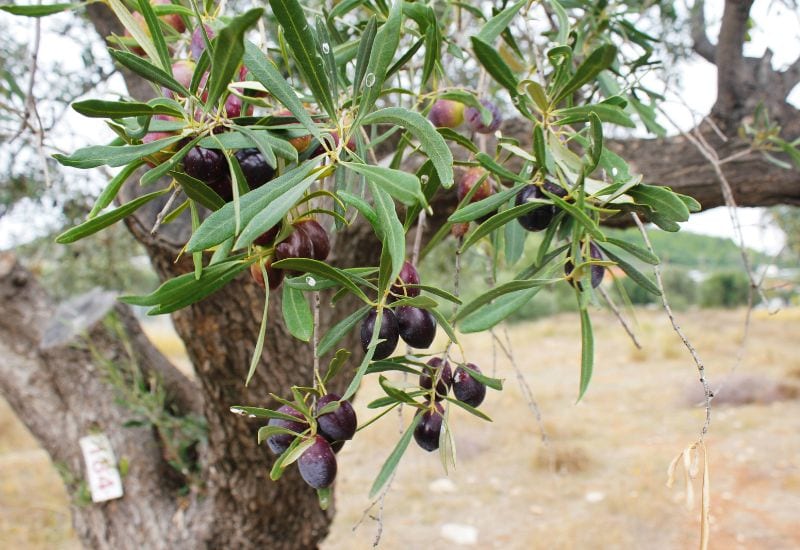
Maybe you too, like me, have seen people prune olive trees while they are picking their precious fruits, in winter… But it is really a bad idea; these long lasting, iconic and super strong plants need to take a rest after they have fruited, and cutting them at this stage can cause damage, and you will end up with a bad crop next year!
You also need to make sure that there is no chance of frost before you go ahead, so, wait for a few months after you have harvested your olive trees, and prune them in late spring or early summer. And, unless you really know what you are doing, call an expert, please, far too often do we see appalling jobs with this Mediterranean wonder!
7. Rosemary (Salvia rosmarinus, formerly known as Rosmarinus officinalis)
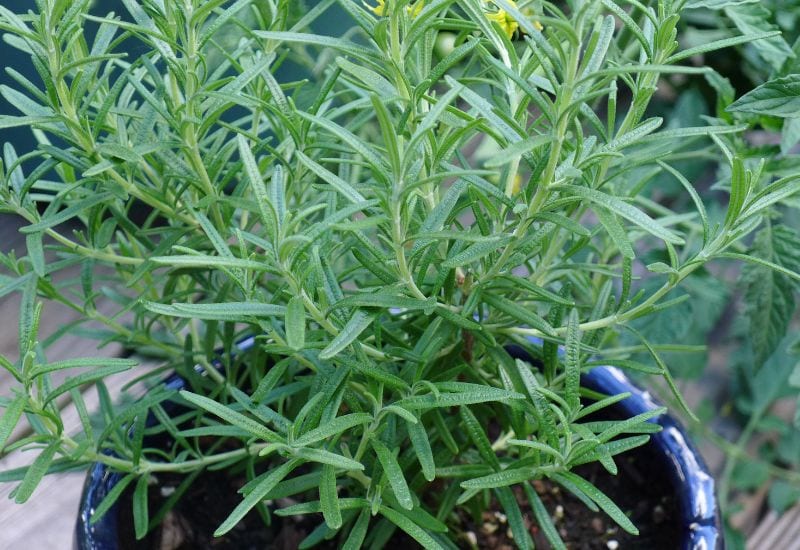
Rosemary will blossom in spring to early summer, though we all see the odd blooms out of season… For this reason, however, it is best not to prune rosemary in winter, if you want a generous blossom. But there is another, more important reason: this aromatic shrub is not at all cold hardy! If you cut it during the bad season, frost can damage it.
So, you can start pruning it when the last frost is safely over, and even sacrifice its flowers, or you can wait after its bloom time, and you have time till about fall. This depends on where you live, but make sure it has at least 4 to 6 weeks before temperatures drop to 0oC, or 32oF, because wounds need time to heal… The good news is that you can still pick the odd branch for your Sunday roast, even if it best if you do it beforehand, and dry them…
8. Some Camellias (Camellia spp.)
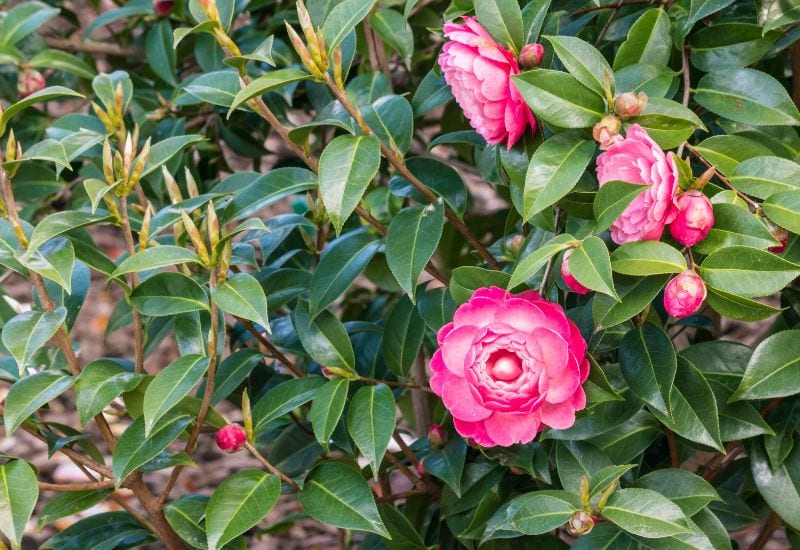
When you can prune camellias depends on when they blossom, so, we need to make a distinction here… If your variety has already blossomed at some stage in this season, then you can go ahead. And in fact, the best time to use your shears and secateurs on them is just after they have flowered. Otherwise, wait.
On the whole, Camellia sasanqua tends to blossom from late fall to early winter, so, you can prune it after that, but Camellia japonica tends to flower later, from mid winter to early spring, and you should wait then. Do make sure you know your variety well, and wait till its floral display is well and truly over!
9. Jasmine (Jasminum spp.)

You should prune jasmine just after it has blossomed, and not in winter. This is because you need to give this fragrant flowering plant time to produce new growth, with leaves and new buds to give you flowers next year.
Some varieties are in bloom as early as spring, and if you cut it too late, you will get a very poor floral performance indeed! And if you think that winter jasmine (Jasminum nudiflorum) is the exception, think again! With this variety too you will have to wait till spring, because its bloom can last till the end of winter, often into March and even April!
10. Gardenias (Gardenia spp.)
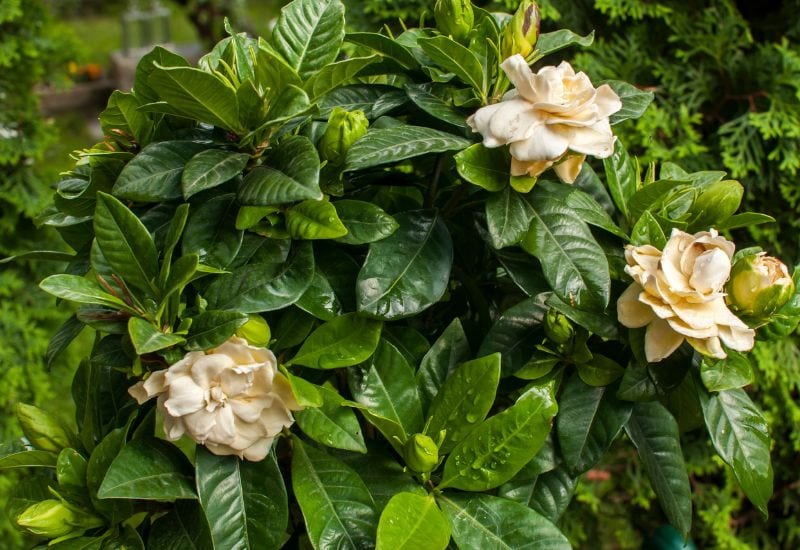
Gardenias give you really jaw dropping blossoms, but it takes them an awfully long time to open them! In fact, as soon as the blooming season is over, they slowly start growing new buds! For this reason, pruning gardenias in winter is too late,
and you risk ruining the next season’s floral display! This is especially true because these queens of gardens invest a lot of energy into producing new flowers, and if you cut them when they have invested so much into developing them, they won’t have the strength to give you new ones, and even if they do, they will be small, weak, and under par… So, prune your gardenias just after the last blossom is spent. This way, you will give them time to thank you with many new and healthy flowers!
11. Sage (Salvia officinalis)
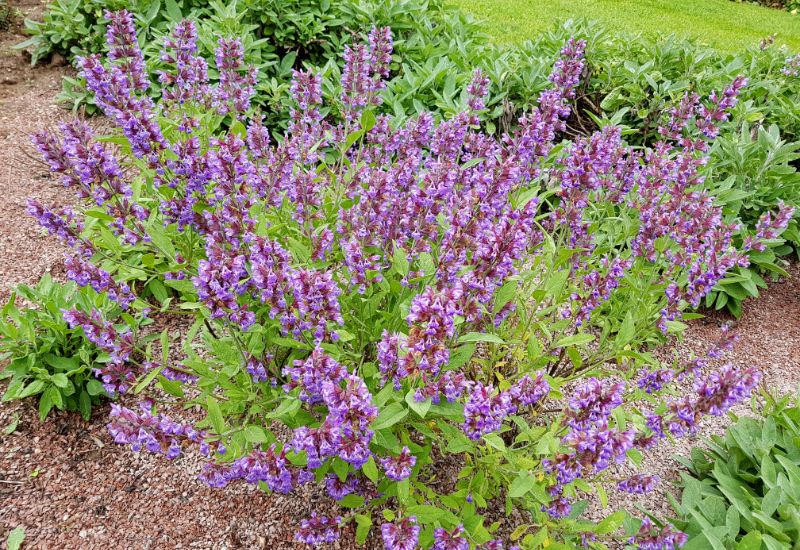
Sage is yet another plant that likes to keep warm during winter, and its fuzzy leaves provide a coat against the cold, wet and winds of this season. So, if you cut them now, you risk causing damage to this popular bushy herb.
But you shouldn’t wait too long either; to keep your sage shrub bushy and healthy, you should prune it in spring, as soon as temperatures have warmed up and it is safe from the cold weather. But make sure there is no day of frost in sight if you live in a temperate, continental or colder region!
12. Lilac (Syringa spp.)
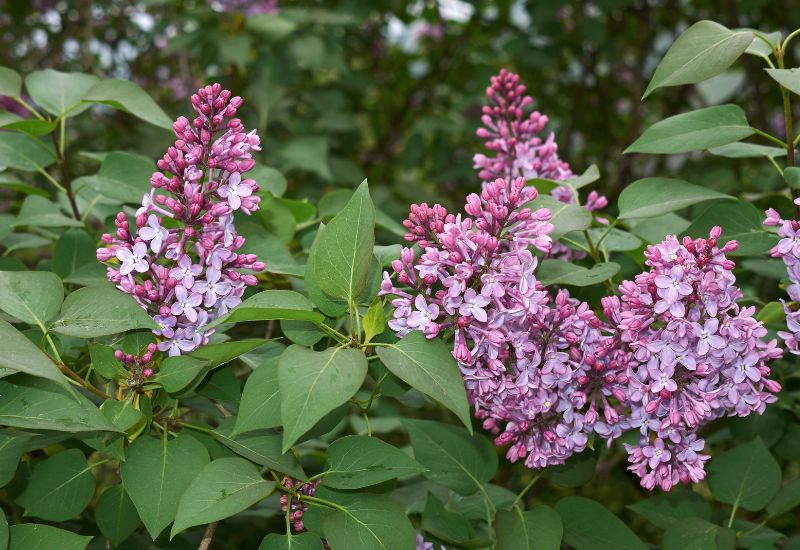
Here’s another shrub that rewards you with super generous blossoms if you treat it well, lilac! And this plant as well takes a very long time to grow its buds into flowers! And for this reason, you should prune it after it has bloomed, because it will soon start working to make your garden fragrant and colorful… And by winter, it is already half through the effort!
13. Japanese Andromeda (Pieris japonica)
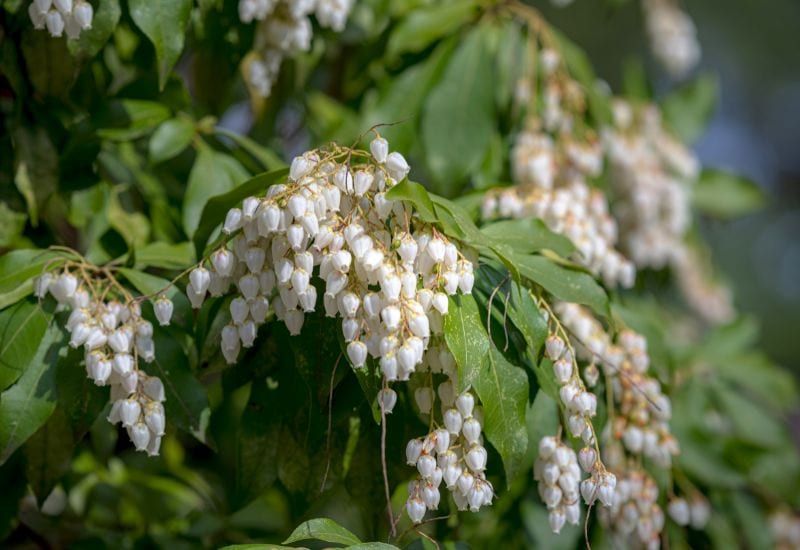
There are two reasons why you should not prune Japanese Andromeda in winter… The first is that it will soon produce new flowers, and you could be cutting off its buds… The second is that it will give you its red new leaves as well when spring comes.
So, the best time to prune Japanese Andromeda are after it blossoms in spring, and you could prune it in fall as well, if you are not concerned about losing flowers. You could think that summer is a good season to give it a cut as well, but you could be wrong, because if it is very hot, it will suffer from your “friendly trim”.
14. Damask Rose (Rosa x damascena)
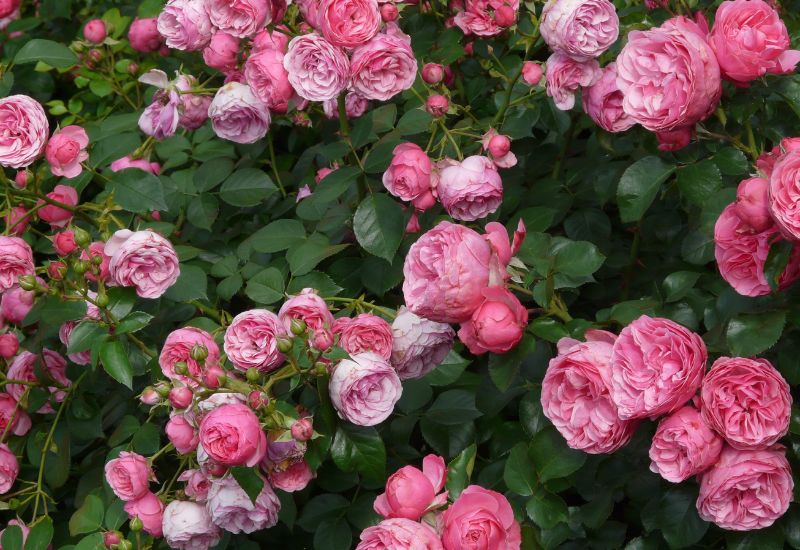
Most rose varieties will not mind if you give them a trim during winter, especially if it is a “health treatment” to remove dry and ill wood and stems. But this us nit the case for Damask rose; the ideal time to prune it is after it has bloomed, removing spent flowers and cutting overlapping branches.
However, winter pruning is possible with Damask rose, but you really need to be careful, so, unless you know exactly what to do, you should give it a miss.
15. Mountain Laurel (Kalmia latifolia)
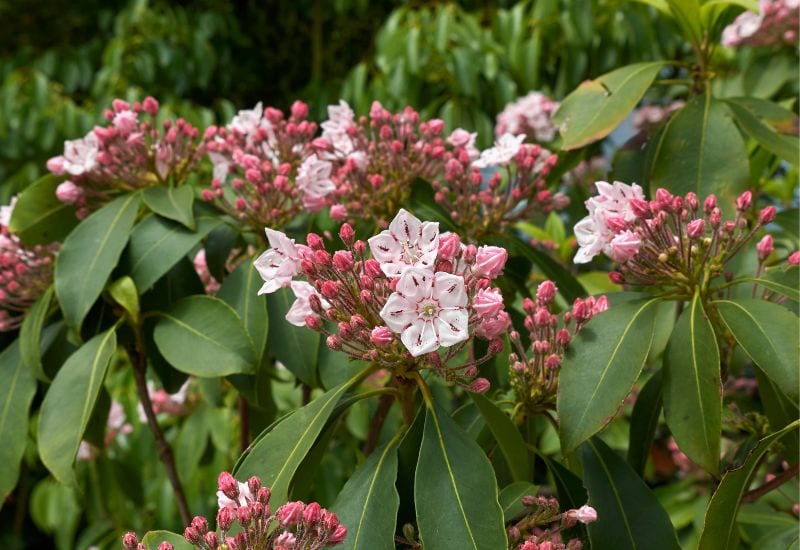
Mountain laurel is a slow growing shrub, and it will blossom from late spring to early summer, and very abundantly indeed. But it is yet another plant that takes time to grow buds, so, you should not prune it in winter, unless you are removing dead branches… Instead, wait till after it has blossomed to prune it, and it will give you amazing blossoms!
16. Winterberry (Ilex verticillata)
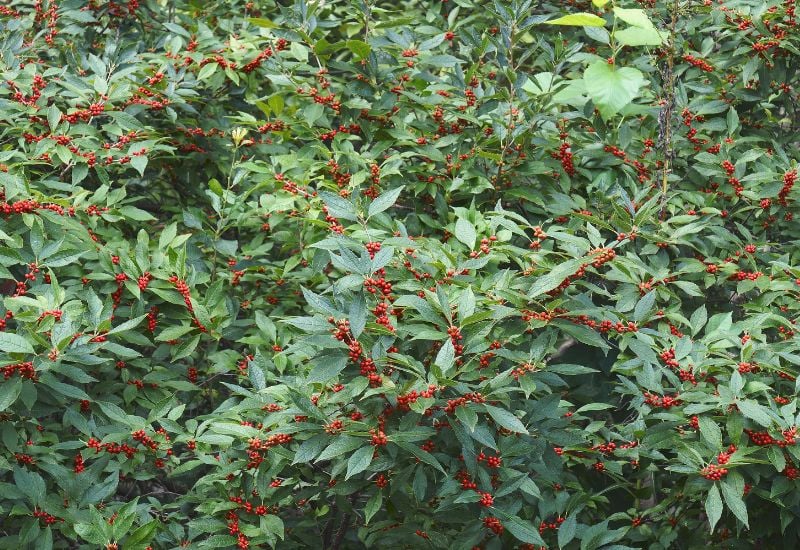
Well, as its name suggests, it is a real pity to prune winterberry in winter, because, of course, you would be cutting off its shiny red berries too!
On the other hand, you do not have much time after all its attractive scarlet “beads” have dropped (or have been eaten by birds…In fact, you should prune winterberry in early spring, before it starts any new growth, as it needs time to develop new branches.
17. Daphne (Daphne odora)

Of course, pruning daphne in winter goes against the grain… Yes, because you are expecting its fragrant blooms at the end of this season…
And they may appear as early as February, or a bit later in March. What is more, it is a slow growing plant, so, even if you prune it in early winter, it will not have time to grow new buds for your garden…
Thus, wait till after it has blossomed to cut its branches, and try to do it as early after its floral display as possible, so, by mid or late spring.
18. Mahonia (Berberis aquifolium)
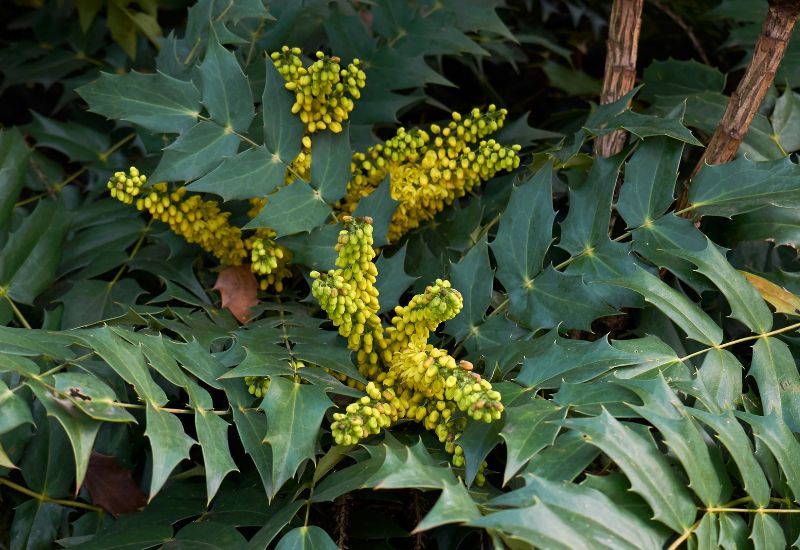
And finally, if you have a mahonia shrub in your garden and you are thinking about pruning it in winter, stop now! To start with, it has an amazingly long flowering season, from November to March! So, it can be in bloom all through the winter!
And then, you would also lose its decorative blue berries as well if you prune it in winter! In fact, this plant is best left alone… Only remove dead and suck branches when necessary, because… If you prune it after it has blossomed (so, by April), you will lose the berries, but it may encourage bigger blooms next year.
But if you wait after that, it may be too late already… So, maybe just remove the fruits once they have ripened and they are no longer attractive?

Written By
Adriano Bulla
After many years as an academic in London, Adriano Bulla became a writer, publishing books like A History of Gardening, Organic Gardening and Elements of Garden Design; he then decided to become a gardener, following his childhood dream, and has been following his dream writing and gardening professionally in Southern Europe, where he has specialized in new and innovative organic gardening fields and techniques, like permaculture, regenerative agriculture, food forests and hydroponics.
